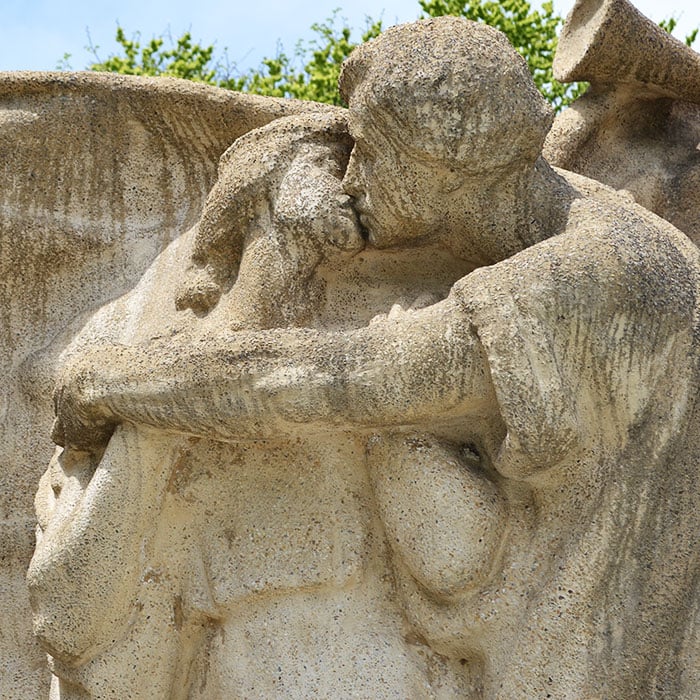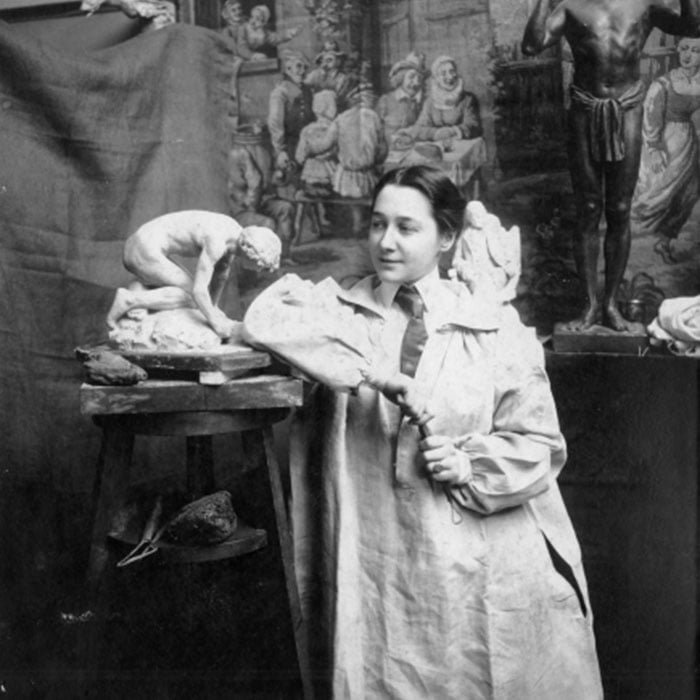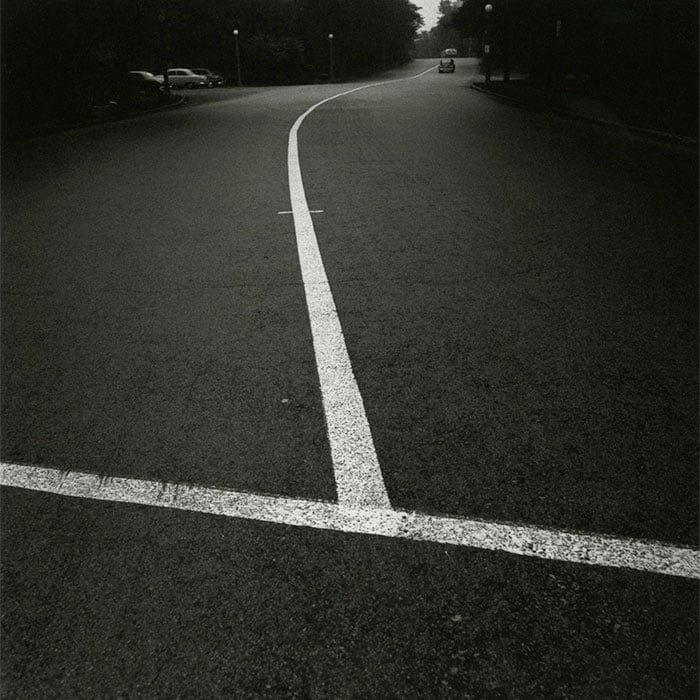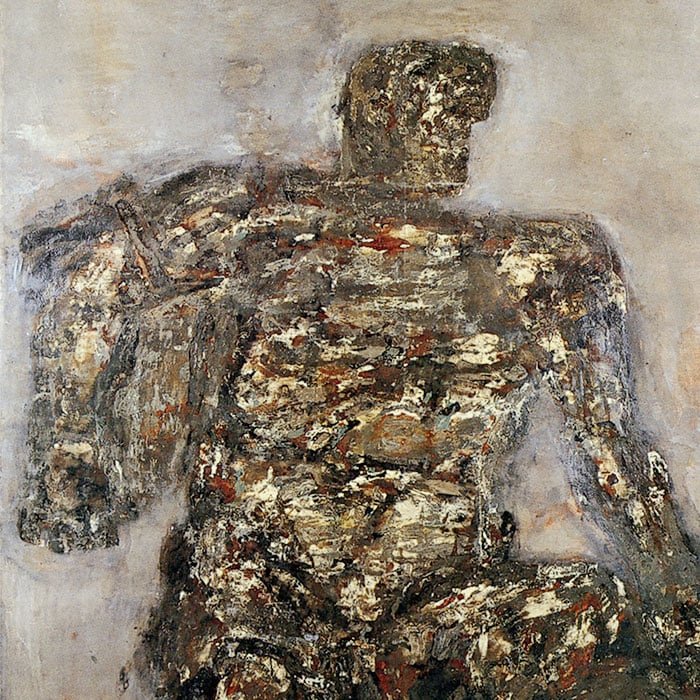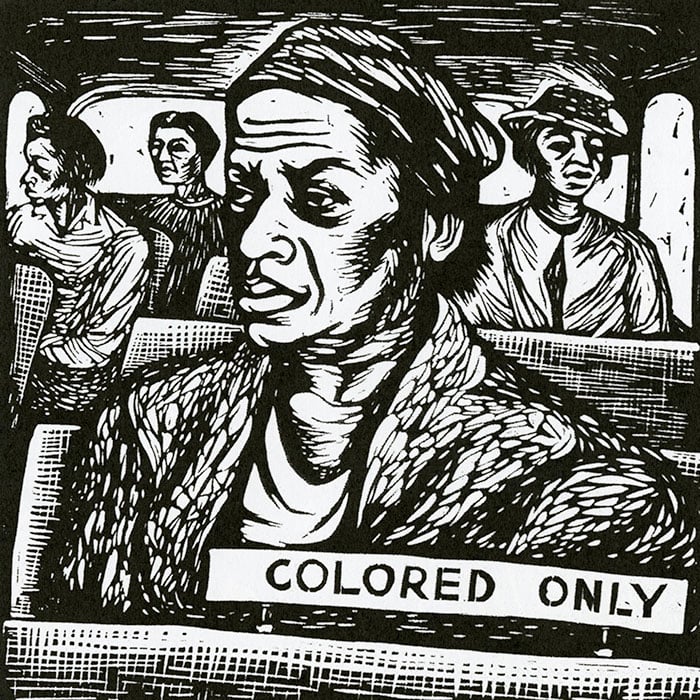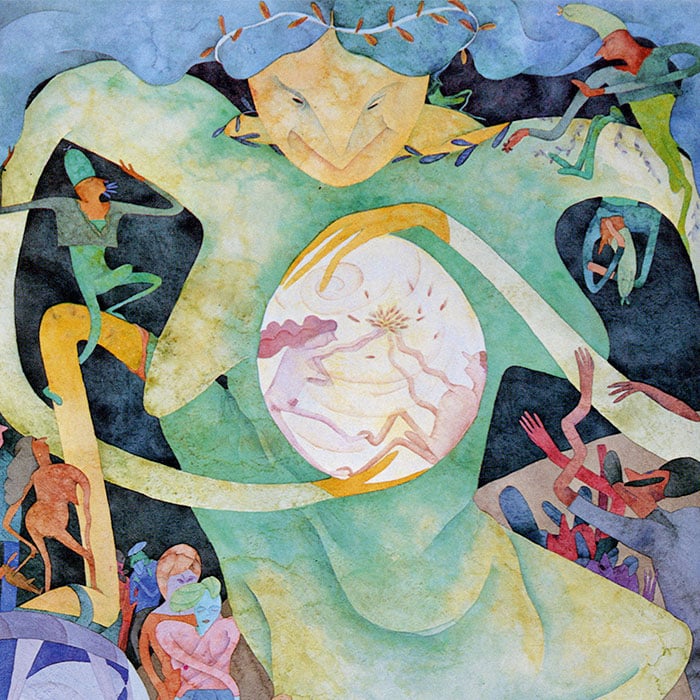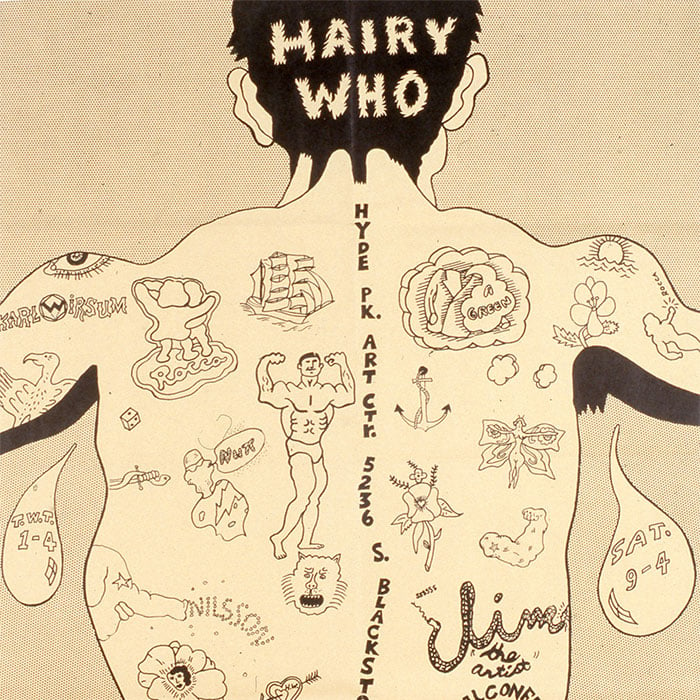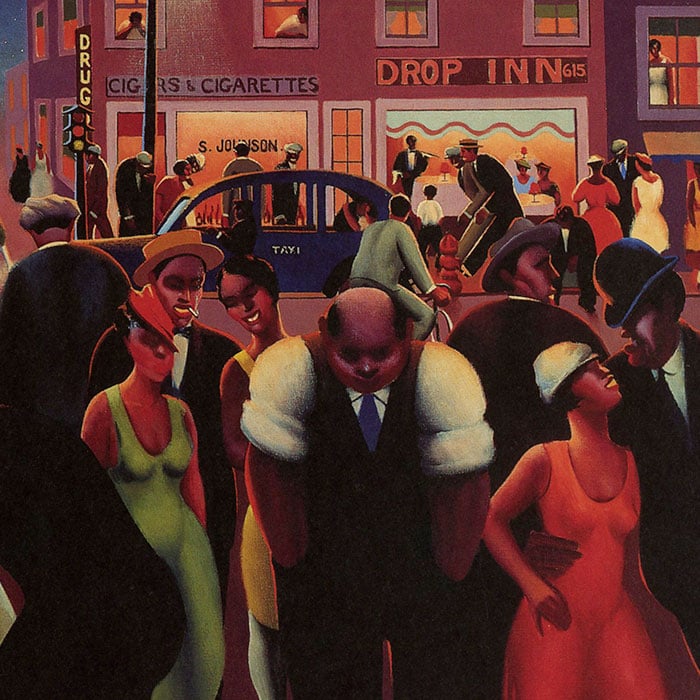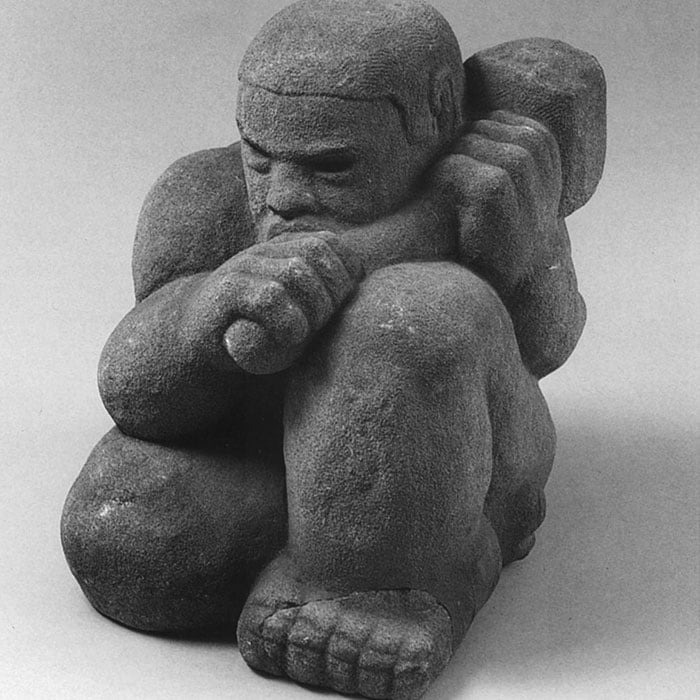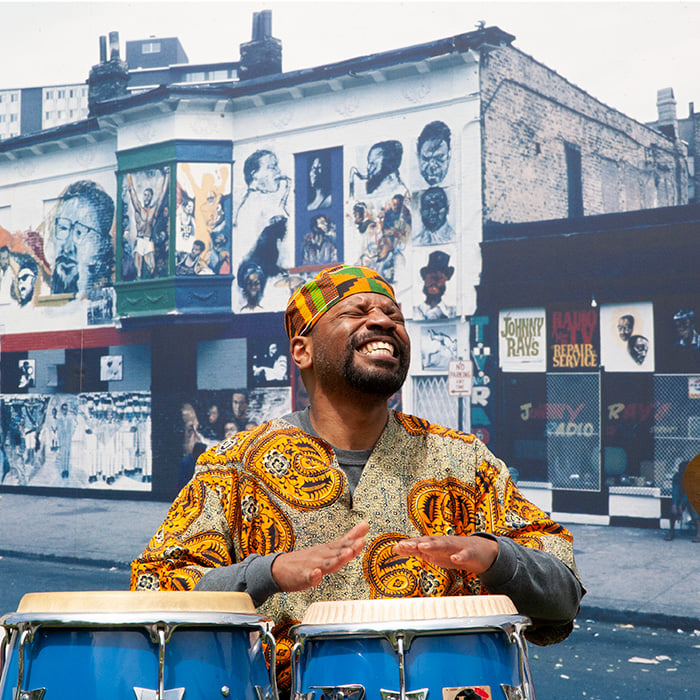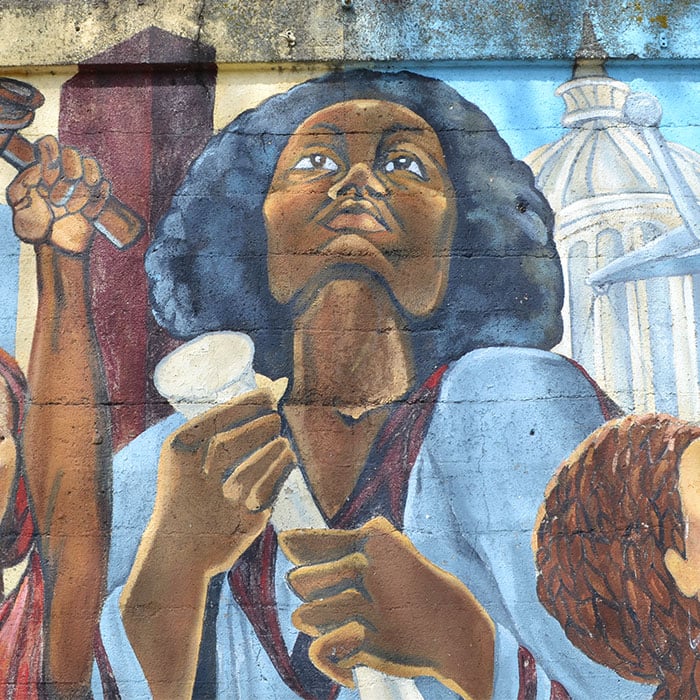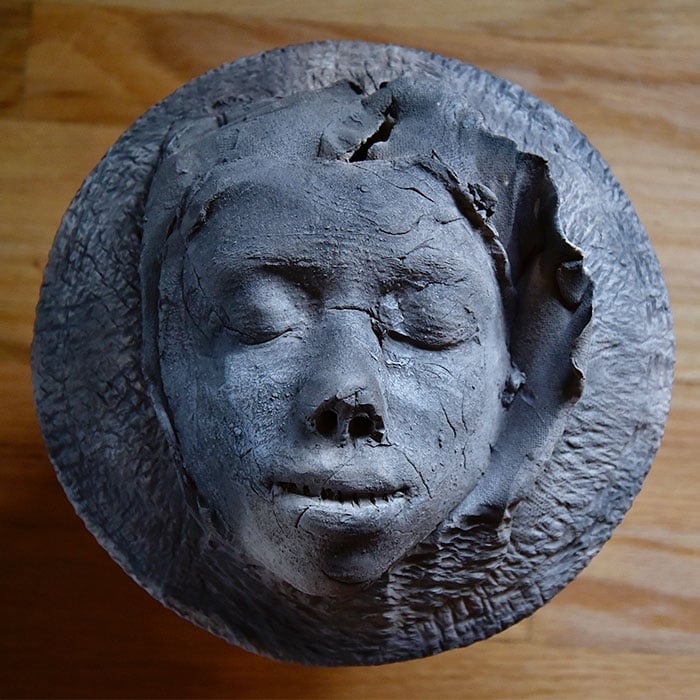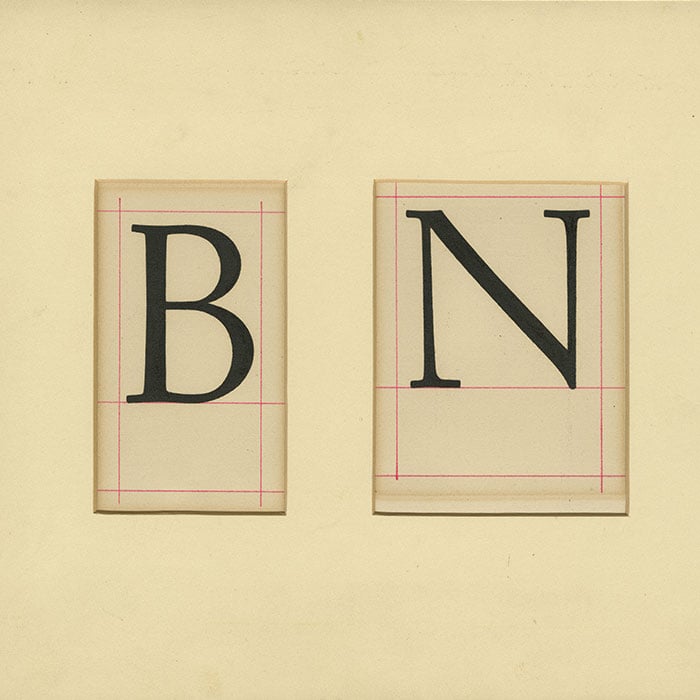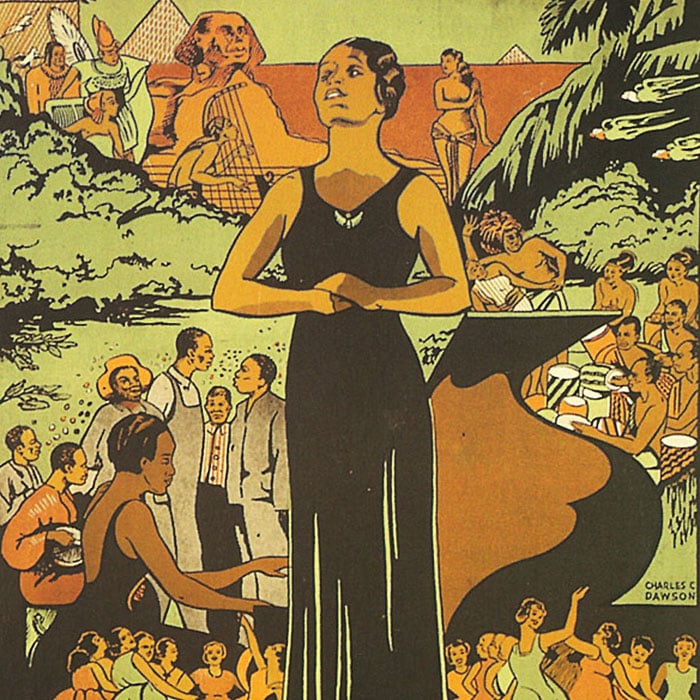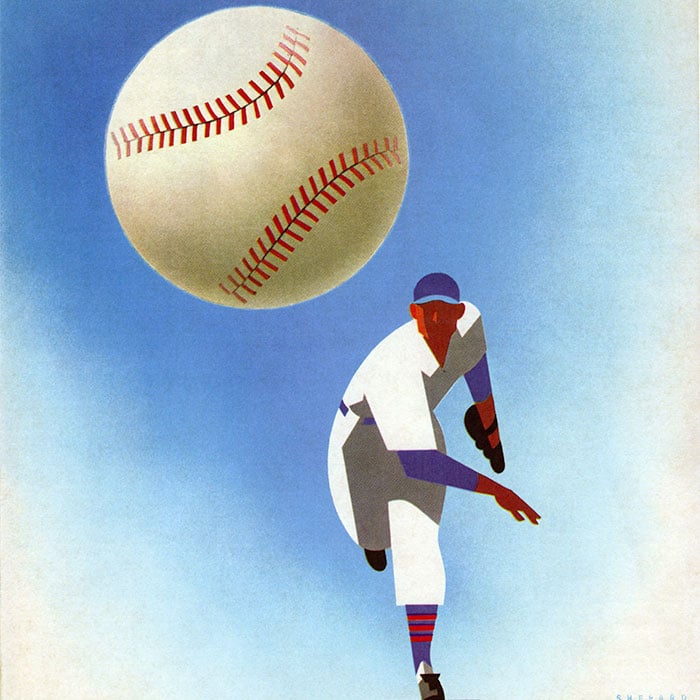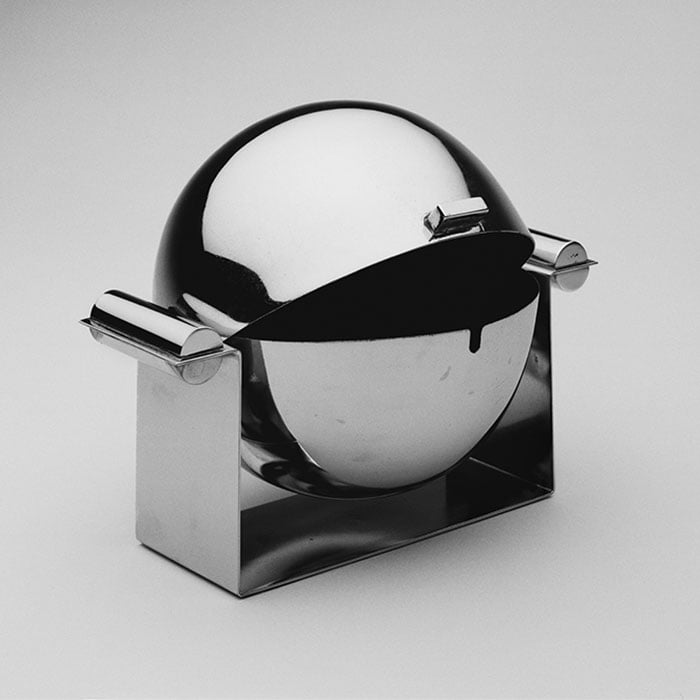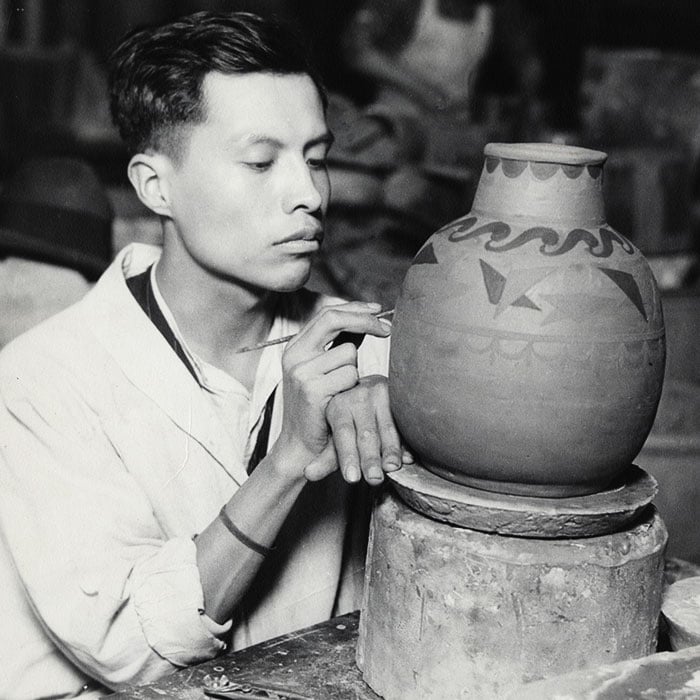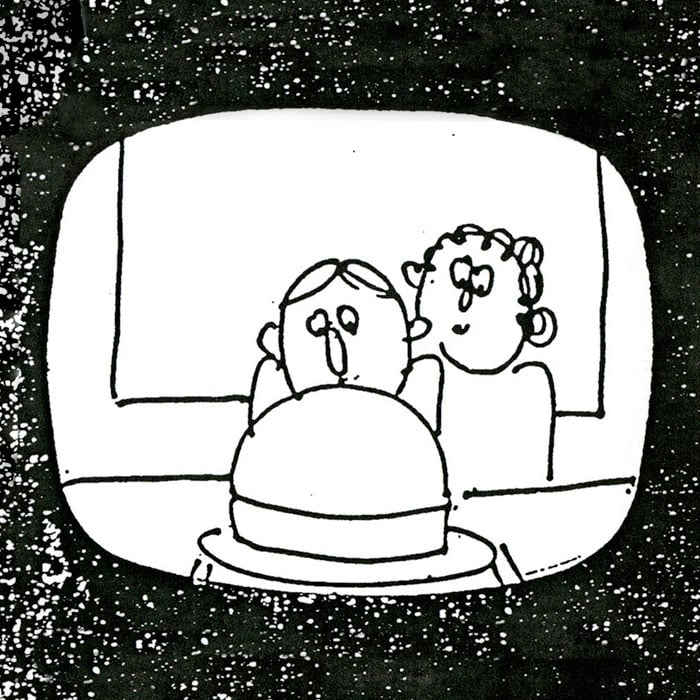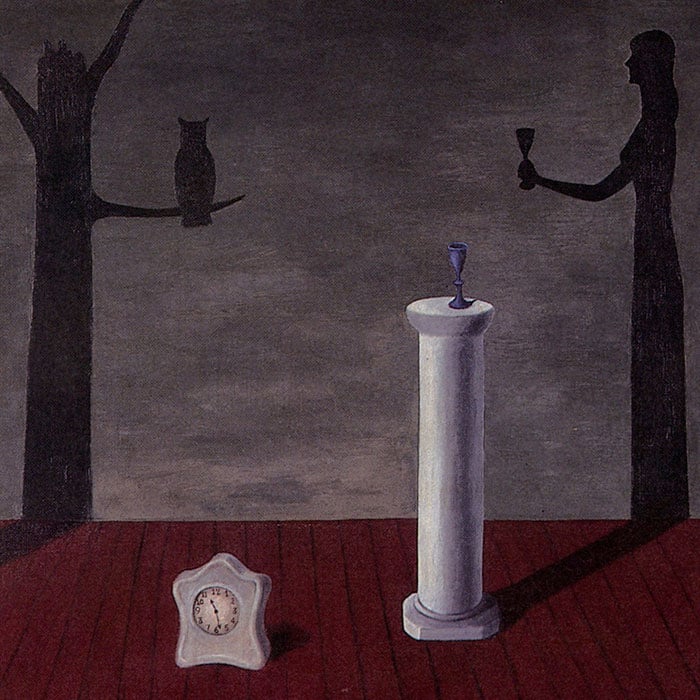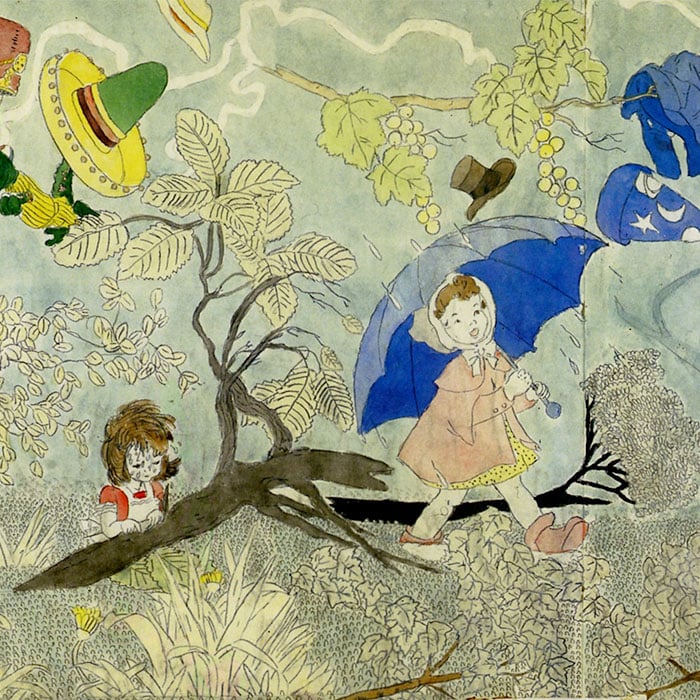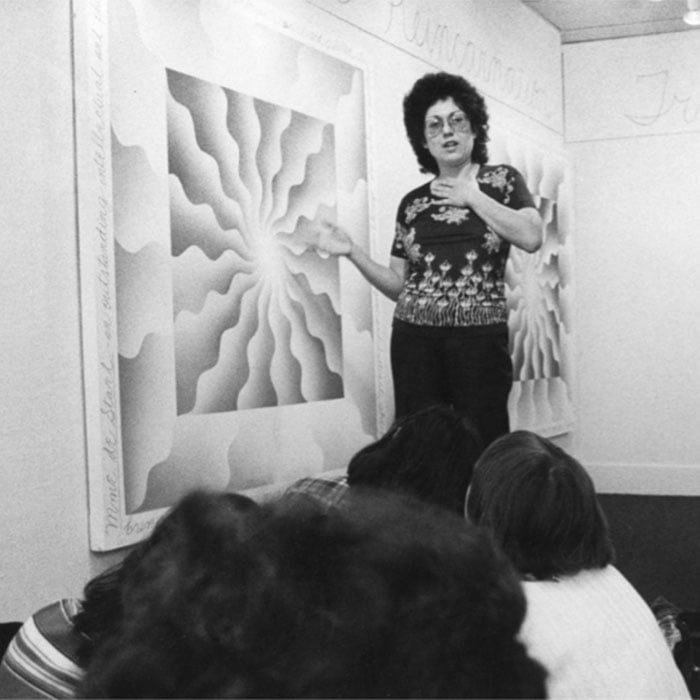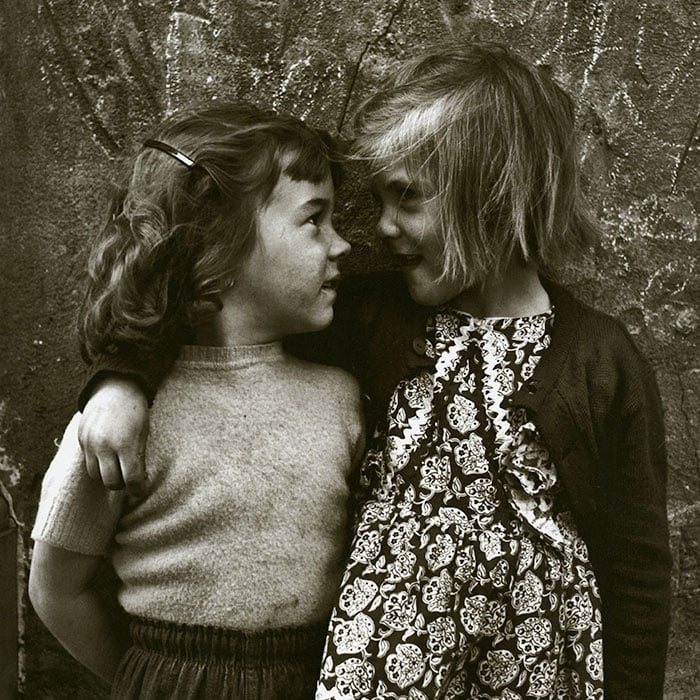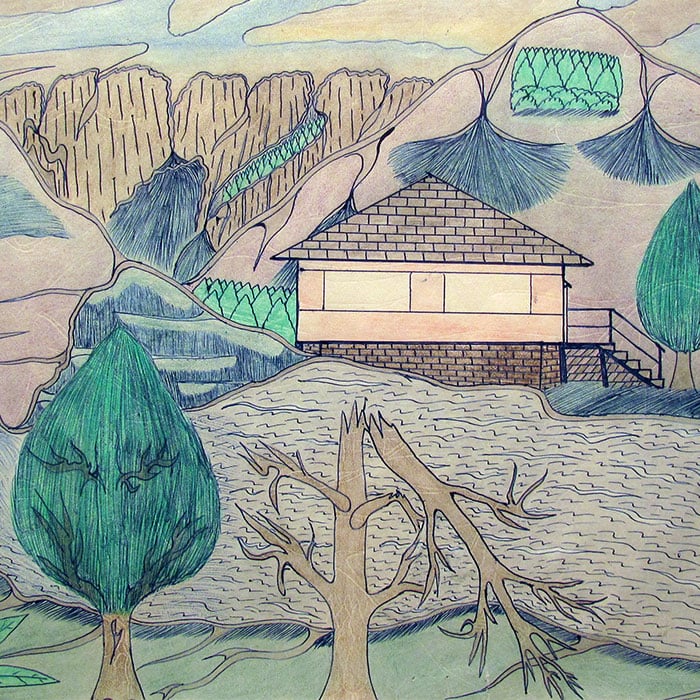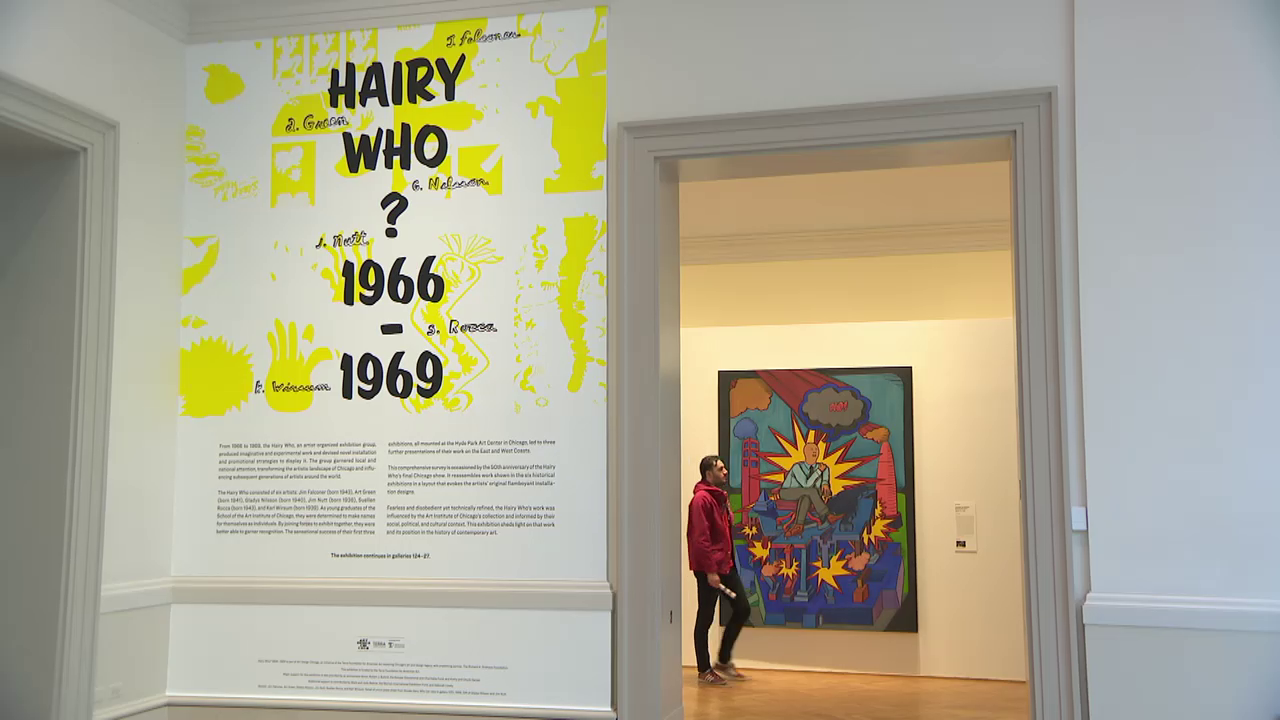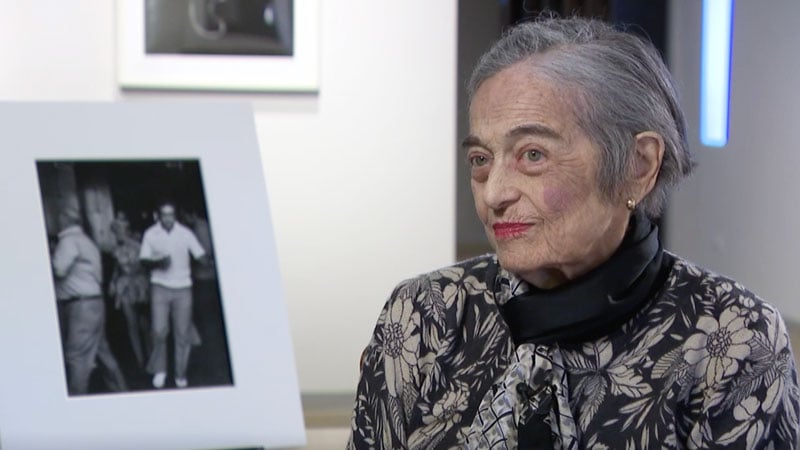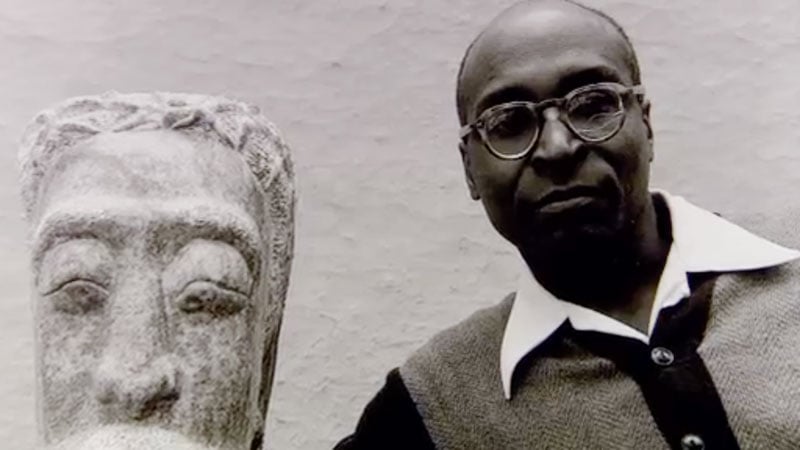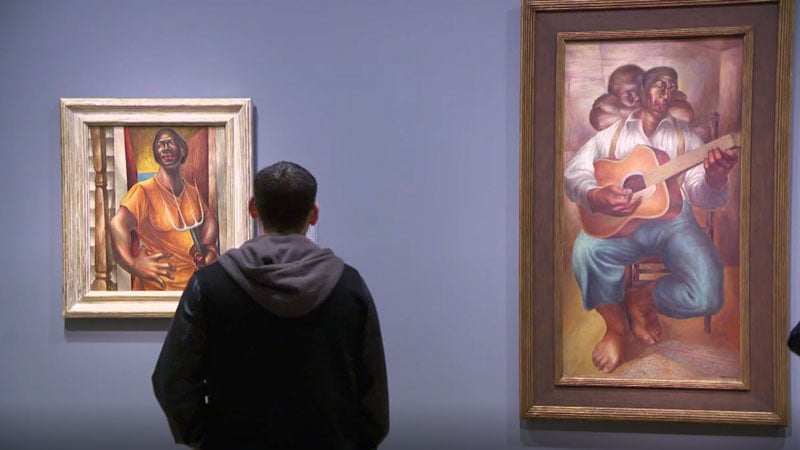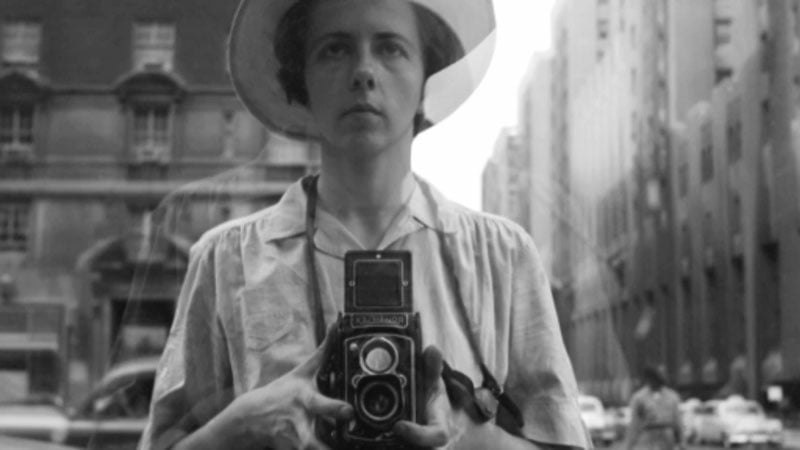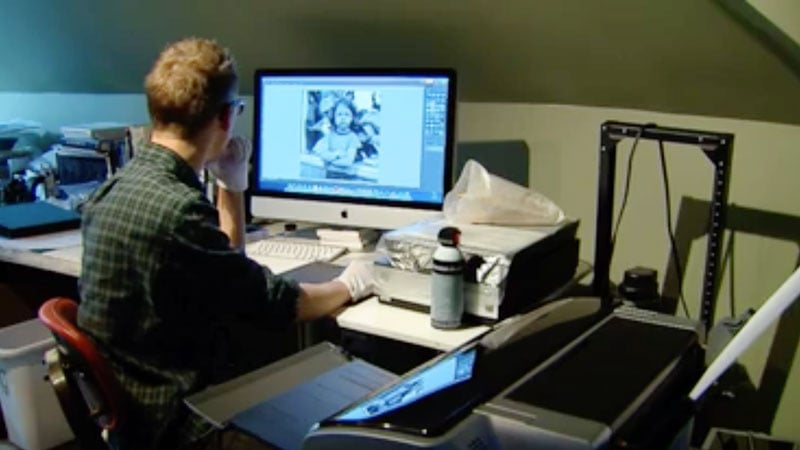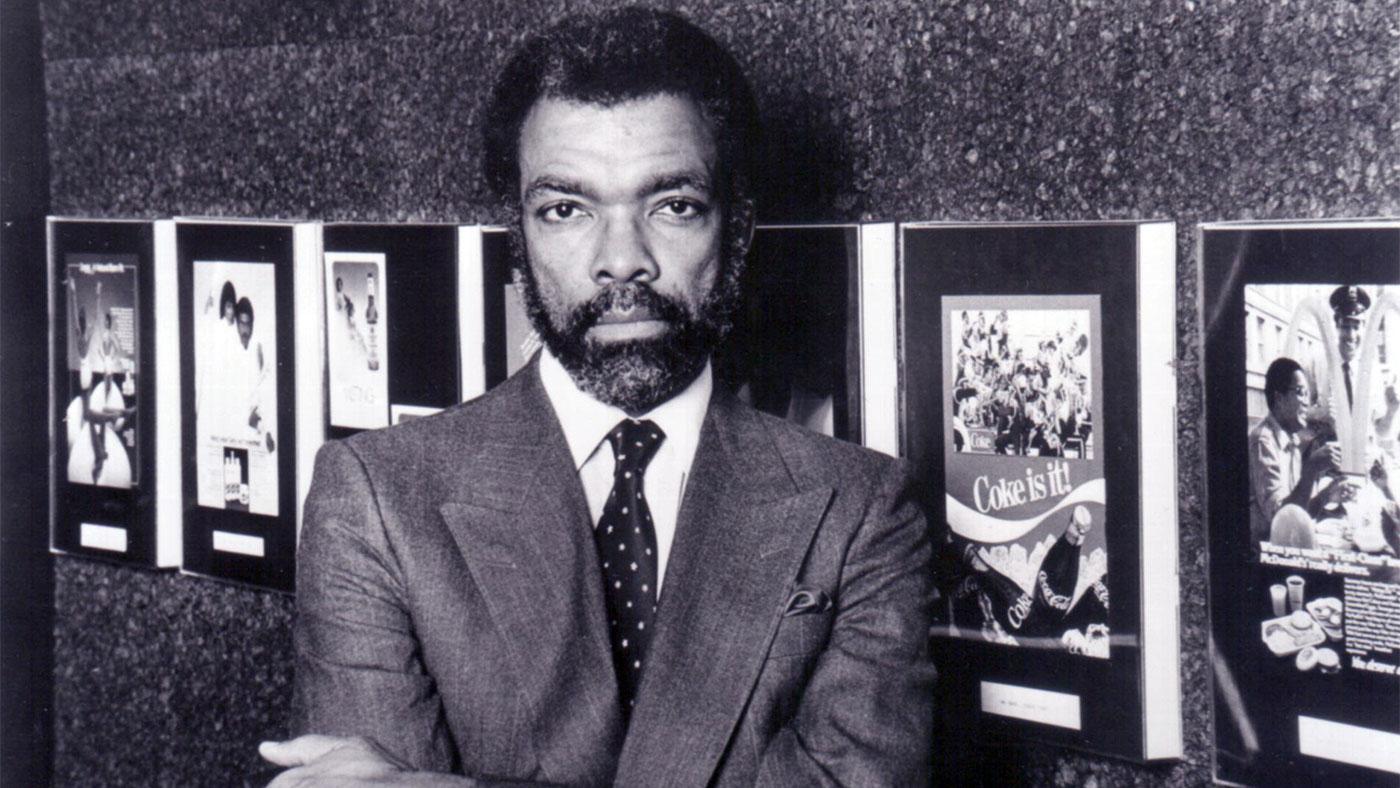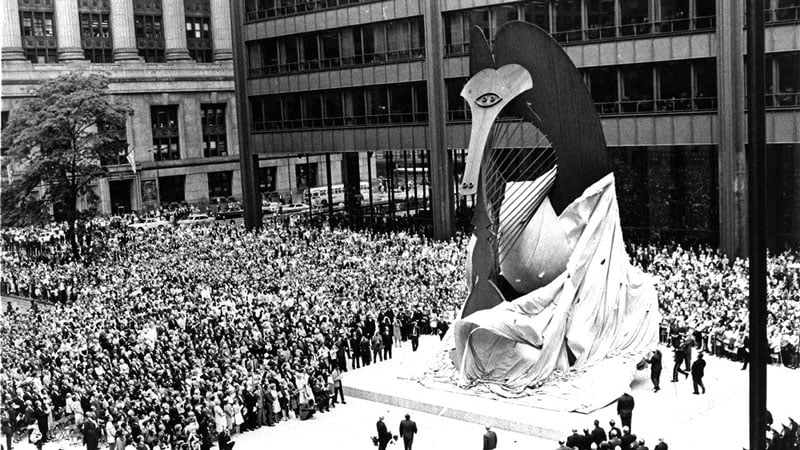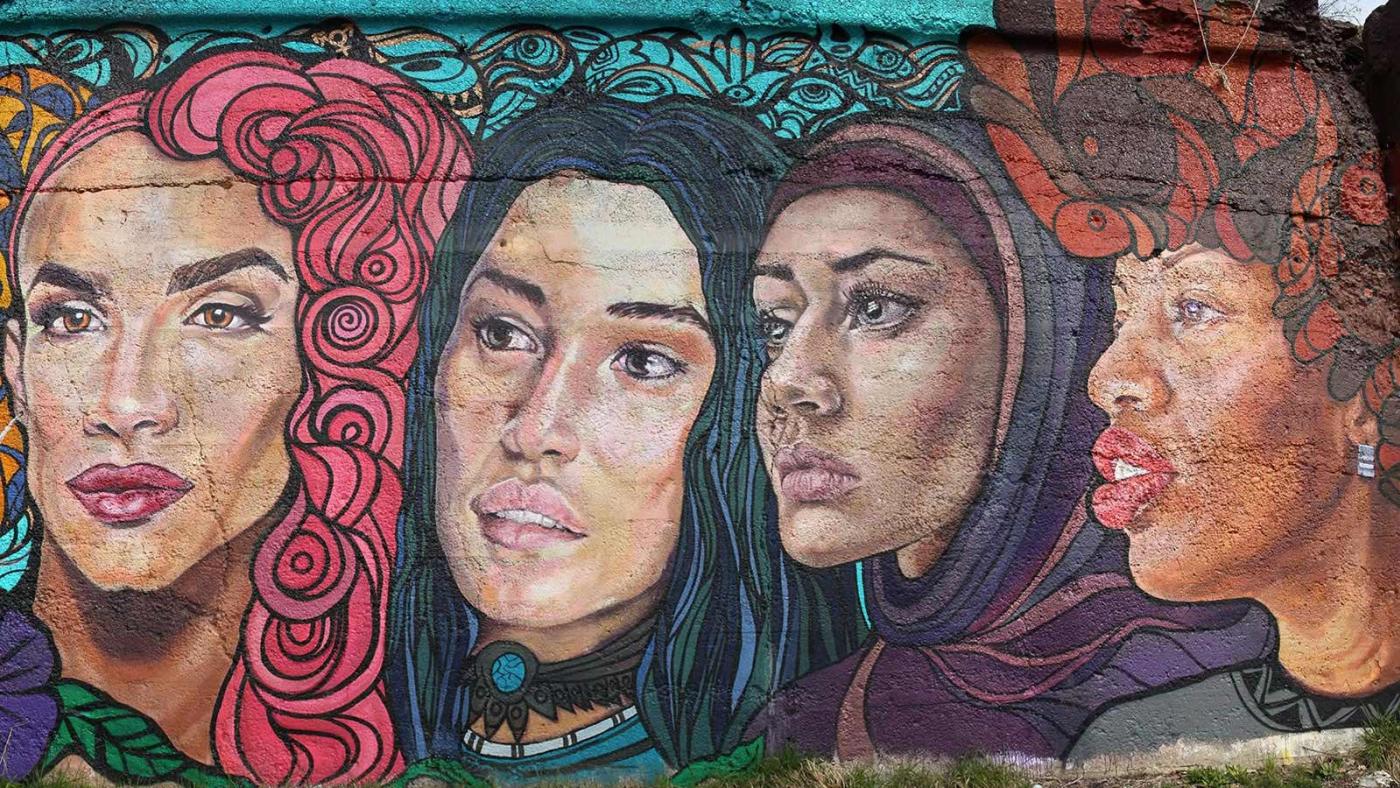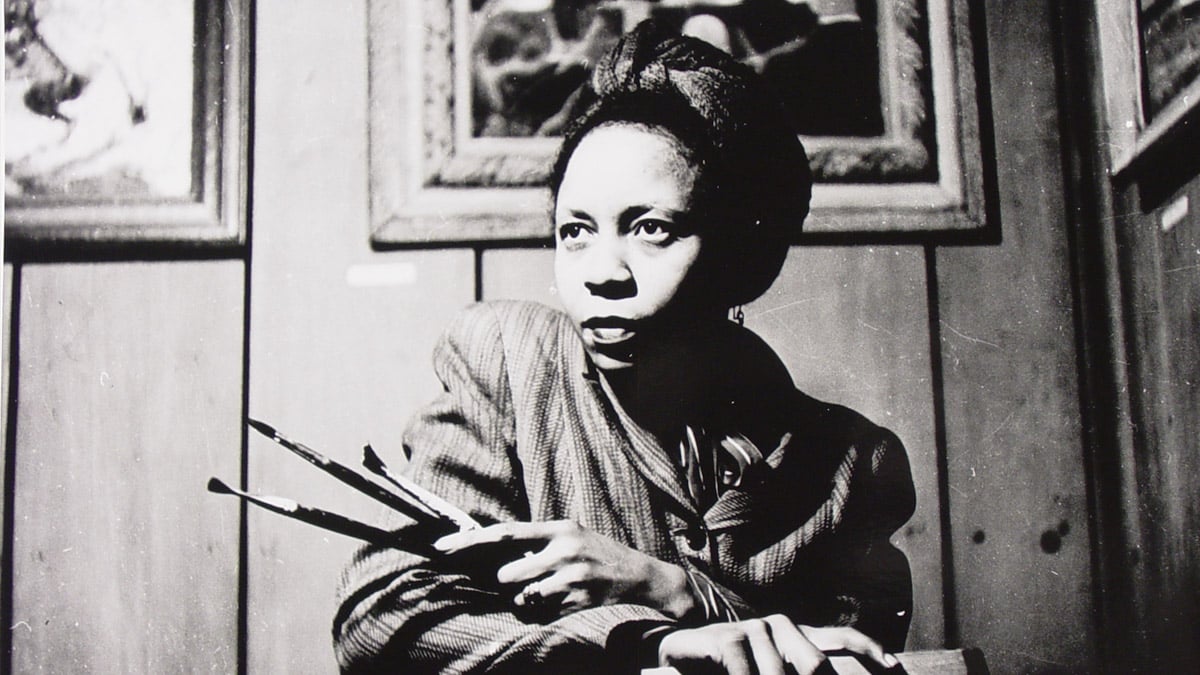Art & Design in Chicago
The stories of art and design in Chicago often take second place to the city’s history as a commercial center and its lauded tradition of architecture. But Chicago has long nurtured a unique creative community through its admired art schools and fearless community centers and via its networks of commerce and independent-minded alternative scenes. Painters, sculptors, photographers, and ceramicists have forged their own paths here; muralists, curators, and students have fostered communities through their art; graphic designers, commercial directors, and typeface designers have innovated within their fields, all while working to meet the demands of a client.
We invite you to explore the creative contributions of Chicago’s artists and designers. Discover the works and histories of some of the city’s singular people and institutions, from the famous to the neglected, the outsider to the canonized. You may know the work of painter Archibald Motley, but what about the story pots of Marva Lee Pitchford-Jolly? The School of the Art Institute of Chicago is familiar, but the Institute of Design? Sure, you’ve seen the windows of Marshall Field’s – do you know the au courant tableware of socialite Helen Hughes Dulany? Discover these stories and more and open your eyes to the incredible art and design that has been hidden in plain sight in Chicago.













